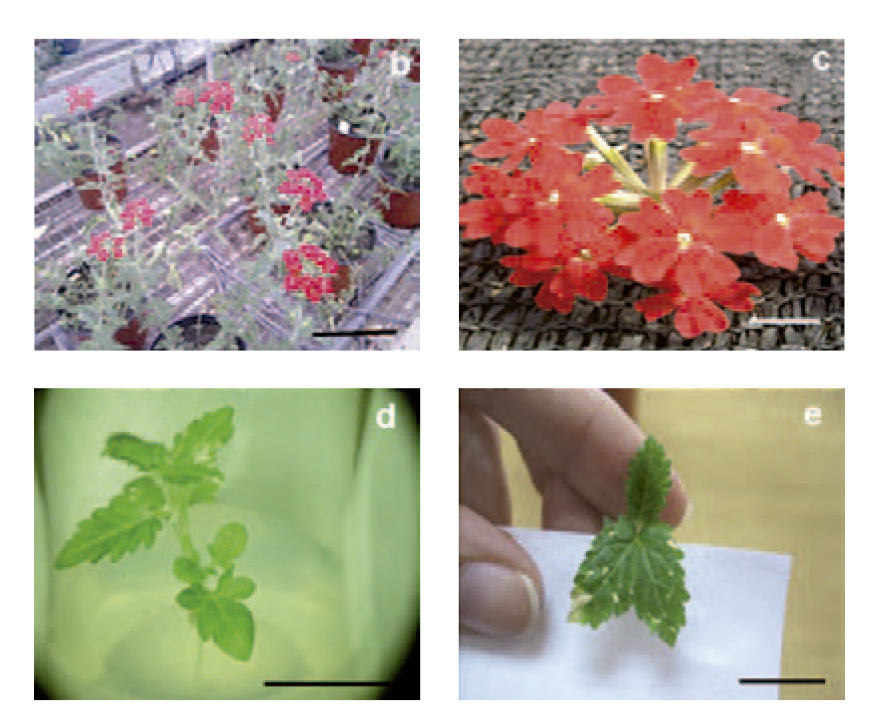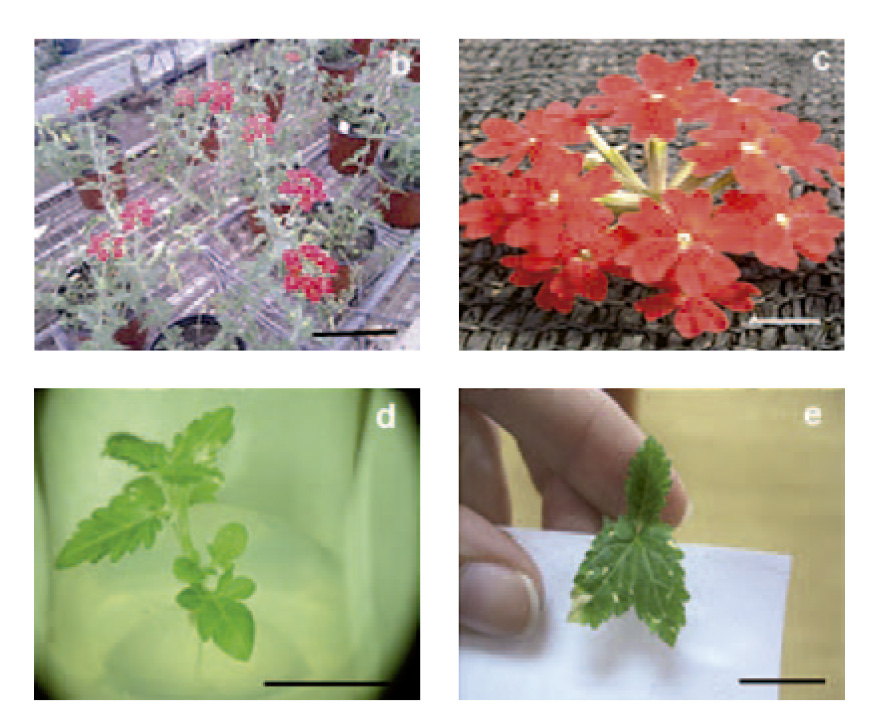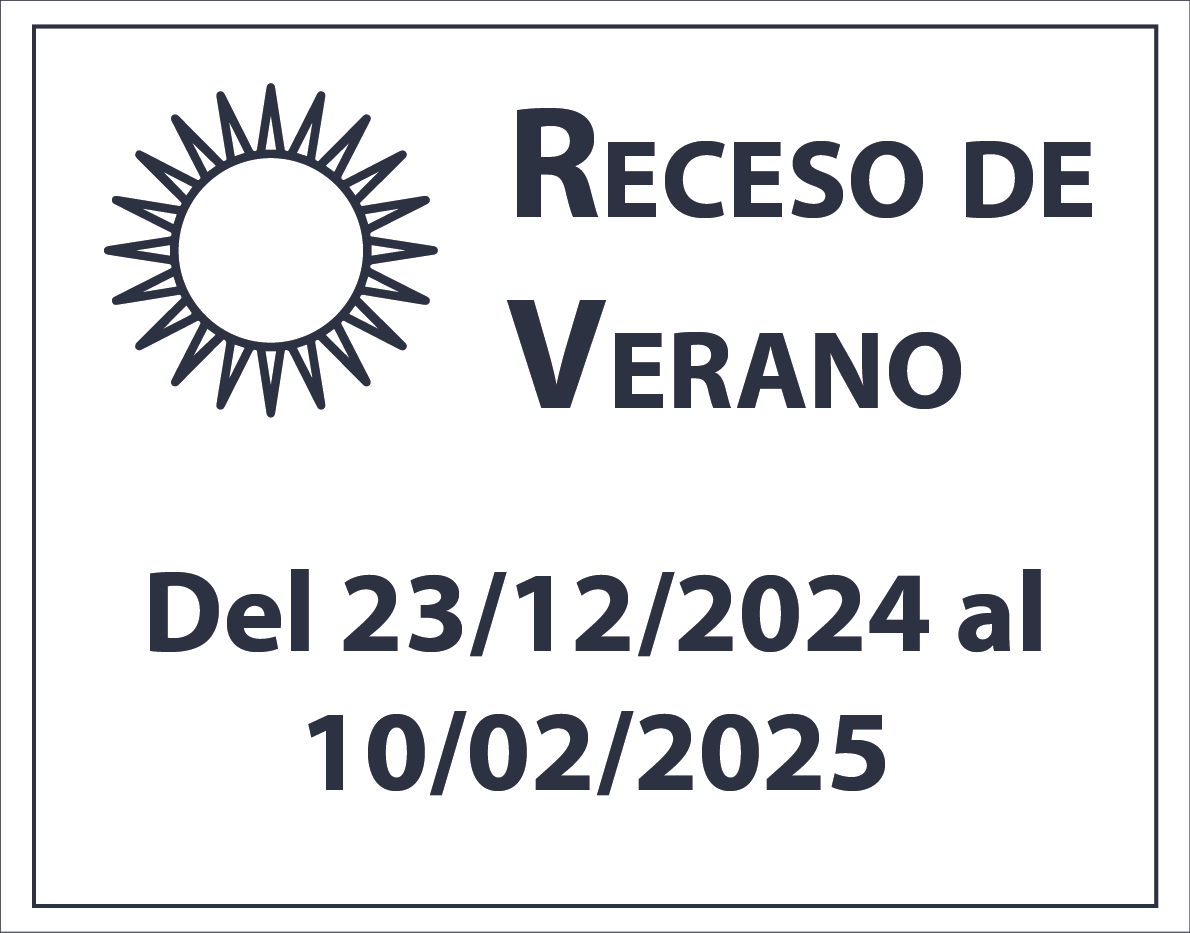In vitro propagation of Glandularia peruviana (L.) Small, an ornamental native plant from South America
Palabras clave:
cultivo de tejidos, micropropagación, germoplasma nativo, Verbenaceae, calloResumen

The flower market is characterized by being both eager for novelties and highly competitive. The exploration of native species with ornamental potential represents a remarkable area of research, since it entails the introduction and development of novel promising ornamental crops. The genus Glandularia, widely distributed in Argentina, holds an enormous ornamental potential, due to the variety of colors of its inflorescences (red, violet, white, rose and lily), and extended flowering period. There is little information on tissue culture of Glandularia, thus highlighting the relevance of this research. In this work, the conditions for in vitro multiplication of G. peruviana were optimized. It was concluded that WPM supplemented with TDZ, in concentrations ranging from 1.1 to 9.0 μM, was the most adequate treatment, rendering a multiplication rate of approximately 10 de novo shoots per explant. This paper presents a protocol for the in vitro propagation of this species and introduces interesting prospects in the application of biotechnological tools to breed Glandularia.

Descargas
Publicado
Número
Sección
Licencia

Esta obra está bajo una licencia internacional Creative Commons Reconocimiento-NoComercial-CompartirIgual 3.0.
Aquellos autores/as que tengan publicaciones con esta revista, aceptan las Políticas Editoriales.



